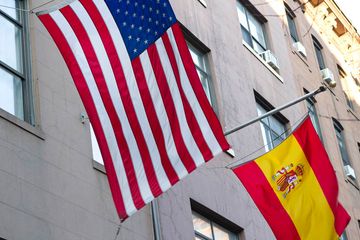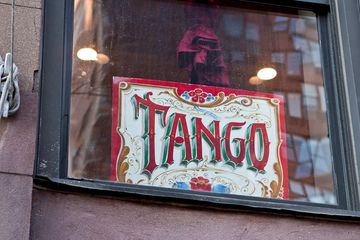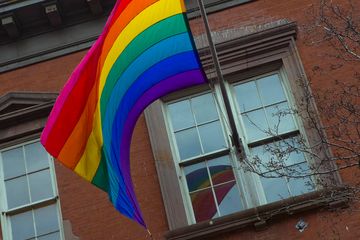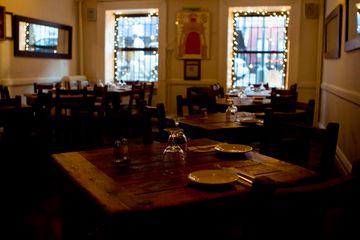
Unbeknownst to most New Yorkers, the area around West 14th (between Seventh and Eighth Avenues) was once “Little Spain.” The Spanish Benevolent Society was once the heart of this thriving community, and is today one of the last remaining relics of this period. The club, founded in 1868, was created as a place to bring together Spanish and Hispanic-American citizens of New York. Early on, the club provided Spanish immigrants with essential support and services. It later became more of a cultural hub for Spanish avant-garde artists and writers, and a meeting place for political revolutionaries during the Spanish Civil War in the late 1930s. It has played host to such greats as the artists Pablo Picasso and Salvador Dali, the director Luis Buñuel, and the poet Federico Garcia Lorca. The society, housed in a beautiful brownstone so discreet that most pedestrians simply walk right by, now serves as a repository for the rich cultural history of “Little Spain.” The archives contain hundreds of photographs and documents relating to the history of the area, as well as a documentary made in 2010 by Spanish filmmaker Artur Balder telling the story of the society (he spent a year living there, researching and working as a resident artist). For those interested in Spanish art, literature, or culture, or the immigrant history of Manhattan, in general, the Spanish Benevolent Society is a lesser-known gem to be discovered.




